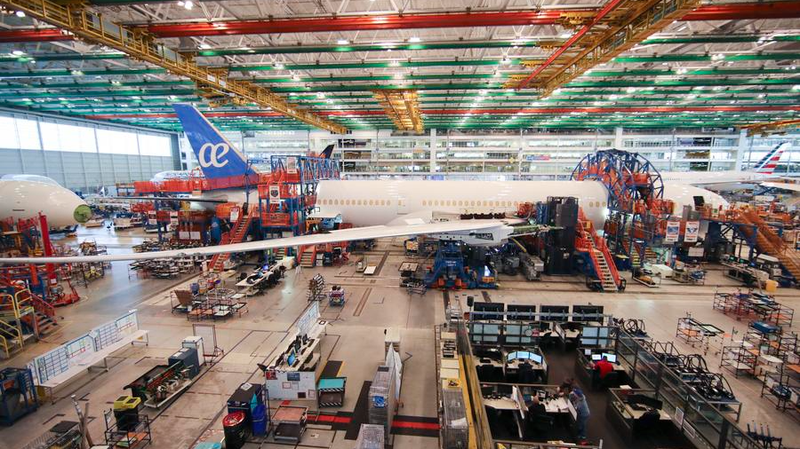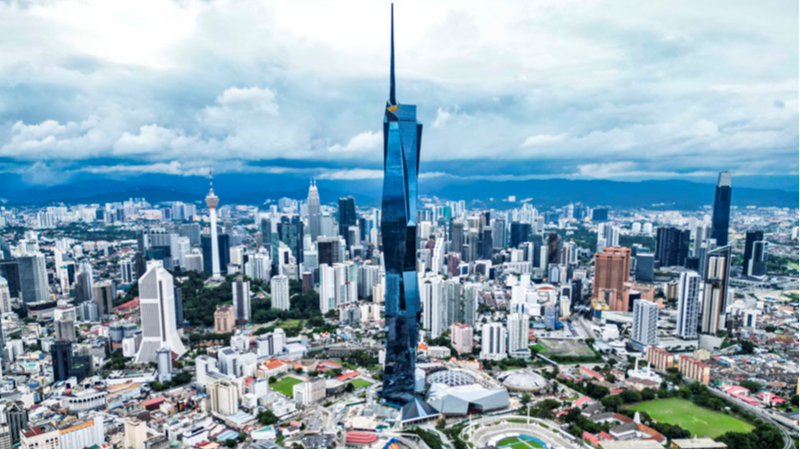From bold slogans to hard-hitting policies, the debate over U.S. manufacturing revival is heating up in today’s economic arena 🤔.
In April, the White House announced sweeping tariffs aimed at revitalizing American manufacturing. The idea is to use the funds raised from these tariffs to rebuild an industry once considered the backbone of national prosperity. But does this approach really pave the way for a true comeback?
Critics argue that higher tariffs only translate to increased costs for businesses and consumers. Consider the numbers: Unionized plants at the Big Three automakers reportedly pay around $66 per hour, compared to roughly $45 per hour at non-union facilities like Tesla. Such differences are more than just numbers—they spotlight a real challenge: Can the U.S. economy afford the high price of a manufacturing resurgence?
The discussion deepens when we factor in workforce issues. Even with an influx of funds, the nation faces a shortage of skilled workers needed to power a modern manufacturing sector. While the iconic phrase "Make America Great Again" sparks nostalgia and hope for many, economic realities suggest that a new playbook might be required to truly revive U.S. manufacturing.
The conversation continues to evolve as policymakers, business leaders, and industry experts grapple with these pressing questions. Is the promise of economic greatness enough to overcome rising costs and labor challenges? Only time will tell.
Reference(s):
cgtn.com




